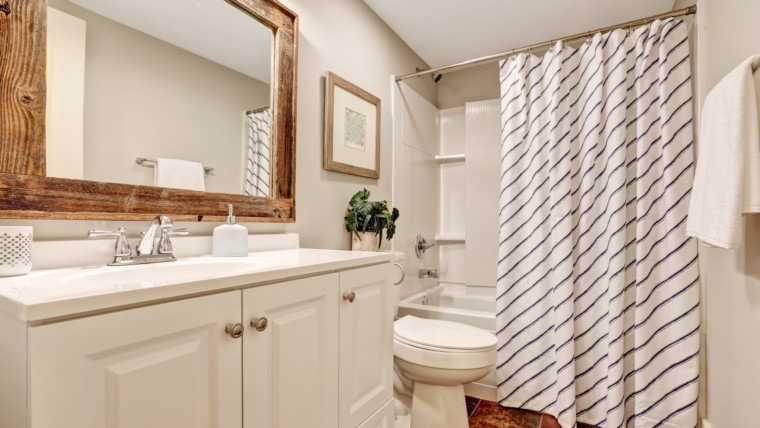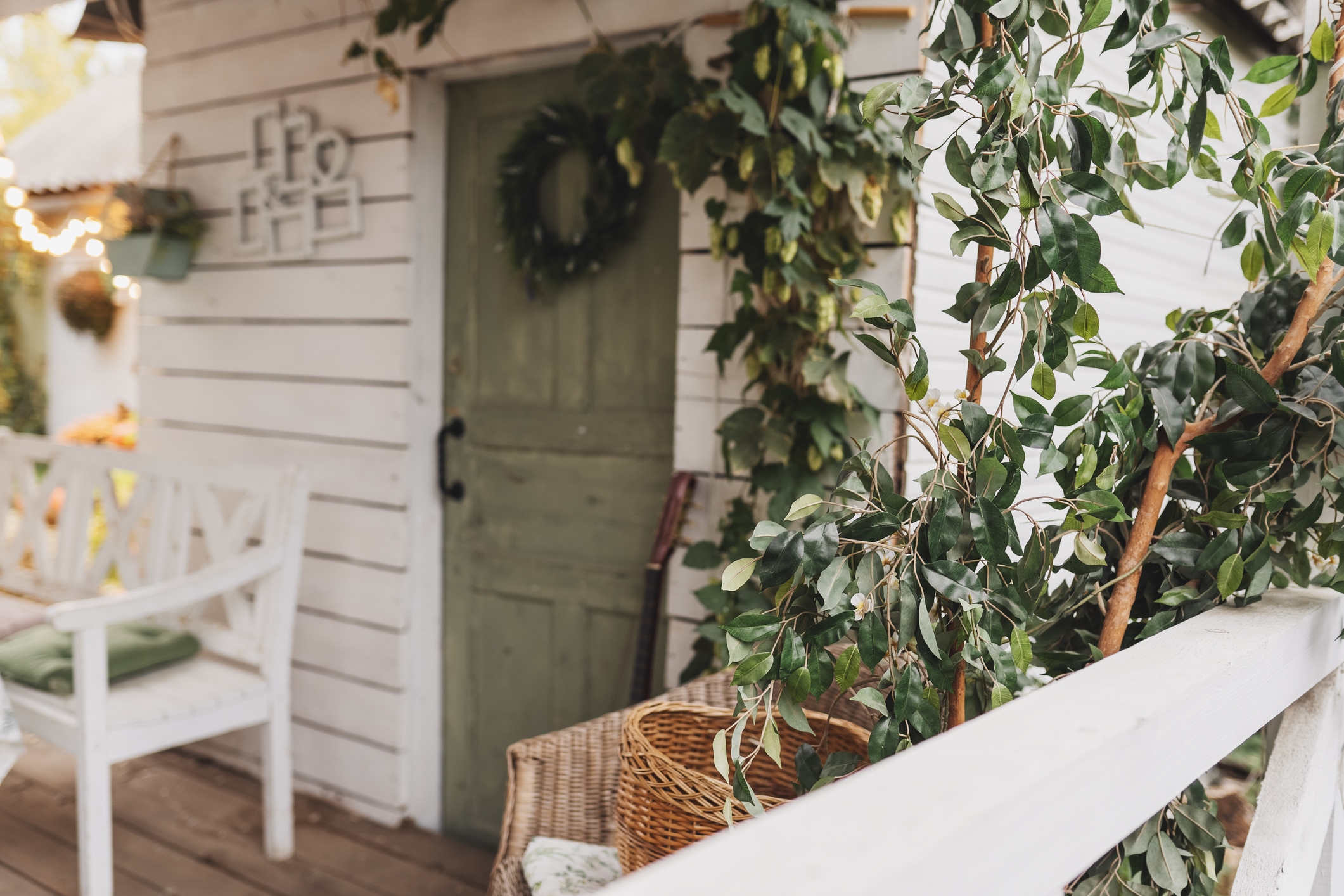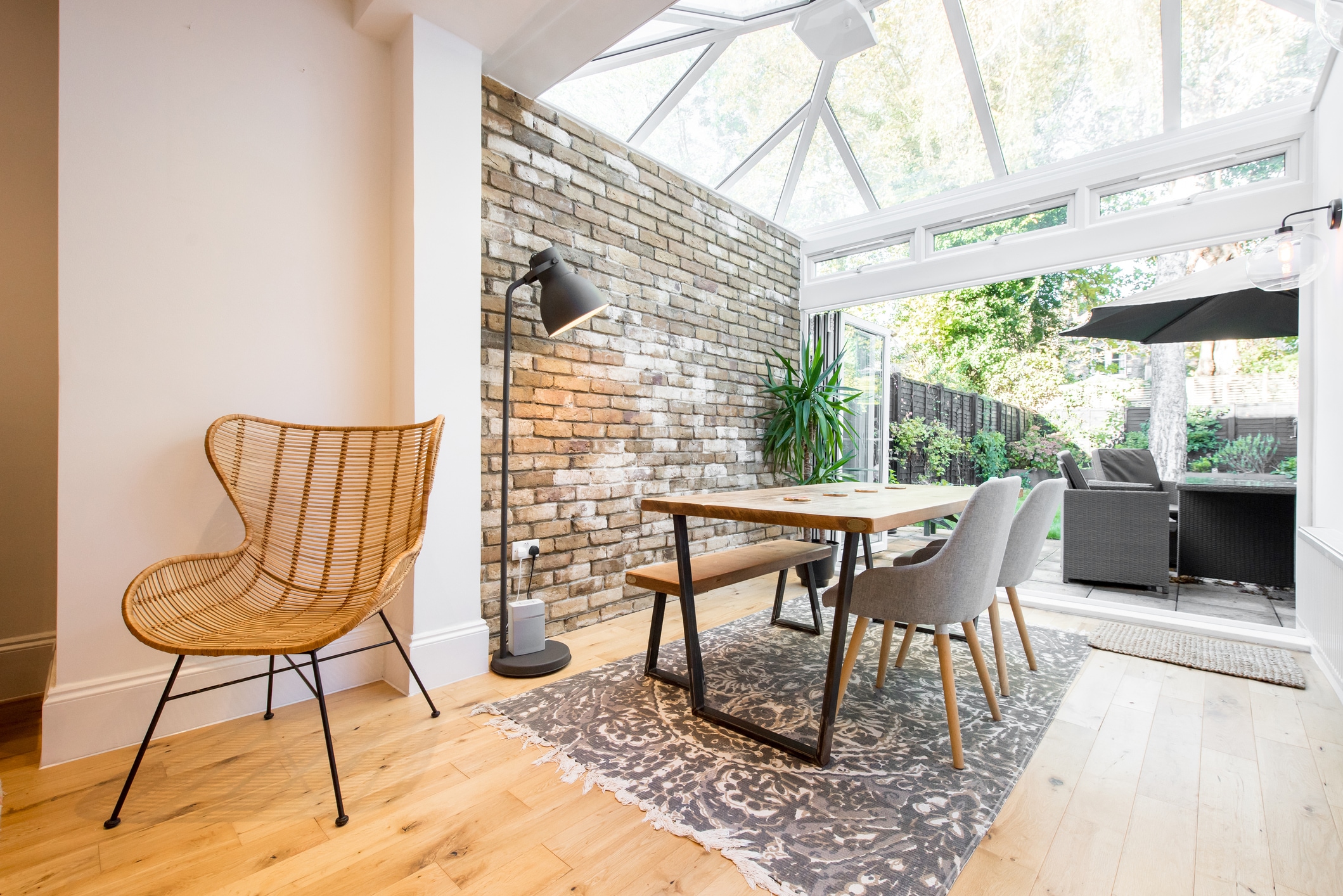Asking for advice when remodeling or decorating is common place. Many people will also consult with their partner, an interior designer or a builder when making decisions regarding style and functionality. These are some fluff free, golden rules from a clawfoot tub expert on how you can avoid other common pitfalls while doing your bathroom remodel.

1. Know your “finished” bathroom dimensions before ordering a clawfoot or free standing tub.
Too often a customer will be in the middle of the proverbial chaos of remodeling and stick their tape measure on the stud and measure across to the other side and think that is the amount of space available for the bathtub, right? Wrong. This dimension leaves out the distance consumed by sheet rock, hardy board (for tile if used), wainscoting, chair rail, moldings, etc. All of these things will reduce the amount of space truly available.
2. Be aware of the different materials used in bathtub construction, along with the “pros and cons” of each.
For example, cast iron tubs naturally have small irregularities because of the way the “cast” material cools after molding, but on the other hand this material has stood the test of time (some 100+ year old tubs are still being used today). Cast iron clawfoot tubs hold heat longer, are not highly susceptible to discoloration or scratching but the porcelain interior can crack if struck with a hard object. These types of tubs are also very heavy. Acrylic tubs are light weight, easy to move, and less expensive but can be scratched, and won’t retain heat as long as cast iron. Copper tubs are naturally antimicrobial and also the most expensive. Wood tubs should not be installed in arid environments with low humidity because of the negative effects of wood shrinkage. Know your materials and make a decision that best suits your needs and situation.
3. Know your building codes or research them before planning your bathroom remodel or ordering your plumbing.
Although the tub overflow requirements are universally true, other building codes may not be obvious. For example, many states require a back flow preventer on all hand held shower units. Some states require a low lead certification on plumbing. Minimum distance requirements from the tip of the faucet to the top of the overflow disc can also vary depending on location. There are states (mostly on the East coast) that require tempering devices (thermostatic control) that prevent the hot water from exceeding a certain temperature (typically 104 degrees Fahrenheit). Becoming familiar with the building codes in your area before remodeling can save you from wasting time and money later to “bring it up to code”.
4. When in doubt – ask a professional.
If you’re not sure if your second story floor in your condo can hold a 450 lb. cast iron clawfoot tub, it’s wise to find out before you order everything and have it delivered. This will make it easier on all parties involved, especially you. Returning large and heavy items like a cast iron tub can be a hassle.

5. If you like hardwood floors in the bathroom but you don’t want to be ever vigilant on quickly wiping up drops of water, choose a laminate floor instead.
Hardwood floors are beautiful but the cells in the wood fiber can absorb water, then expand and buckle your floor. If you are careful you may be fine but otherwise, avoid the potential liability and get the composite material instead.
6. Buy a faucet and plumbing that comes with a warranty and from a reputable company.
Word of mouth is the best methods to establish trust in a company but in the absence of a personal recommendation, look for signs of a quality retailer such as being a member of the Better Business Bureau.
7. Save your receipts.
This way, you know what is due to arrive, what you still need, and it will help you years later as well. At least once a week we receive a call from someone (not a past customer) wanting to order parts for their faucet that “looks just like the one on the website”. The problem is that just because the classic style faucet looks the same as ours, the internal components are not. If you don’t save your receipt, it will be very difficult finding the correct replacement parts should the need ever arise.
8. Order ahead of schedule.
If I had a nickel for every time a customer has been stressed out because their project is behind and they need some part or even a tub, the next day I could start a separate 401K. Anyone who has been involved with new construction or renovation will tell you that things seldom go according to plan and timeline. Do yourself a big favor and order parts before you actually need them, then schedule your plumber after they’ve been delivered.
9. Open items that are delivered to your location immediately.
There is nothing worse than having a box sitting in your garage for a month, then you are about to install a vanity and you find that the drain wasn’t in the box! Open, inspect and report any issues with any items shipped to your location immediately. This is very important.
10. Be aware of differences in finishes.
While chrome, polished nickel, brushed nickel, satin nickel, and polished brass look nearly identical from brand to brand (generally speaking), other finishes do not. The most infamously different finish is oil rubbed bronze which can look leathery brown to matte black depending on where you buy it and who made the fixture. Do not solely rely on the name of the finish, look at the swatch or call for a description if you are not sure what you are ordering.
Remodeling your bathroom is an excellent way to add value to your home. Buying and installing a clawfoot tub or other freestanding bathtub during a bathroom remodel can be a major project. Hopefully, with these tips, you can eliminate wasted time, money and most of all headaches while you are working on your project.
Brad Thomas writes for Classic Clawfoot Tubs, an online retailer of clawfoot bathtubs, and vintage reproduction style faucets.
Christine is the Content Marketing Coordinator for Homes.com. She's a small town girl at heart, who currently lives in Norfolk, VA with her husband and their fur baby. When she's not working, she enjoys cooking, decorating, traveling, and binge watching Netflix. As a proud Virginia Tech alum, she also loves cheering on the Hokies!

















